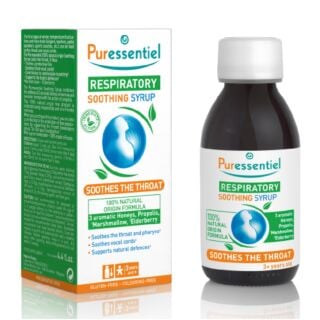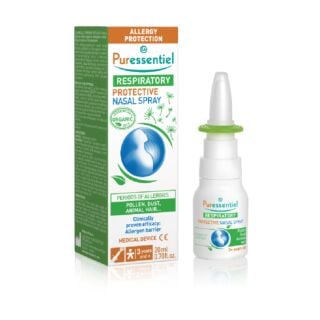Puressentiel
Puressentiel is an award-winning French self-care brand with a passion for nature. … Read More See less
Their sustainable range of products are designed with medical experts to provide 100% natural alternatives for skincare, body care and self-care.
Here you’ll find a selection of safe, effective and easy-to-use products to ward off insects, soothe bites and stings, decongestants, cough syrup and even an air purifying spray!

Free delivery when you spend over £30

100% discreet delivery for every item ordered

Fully regulated UK pharmacy
How do you treat an insect bite or sting?
Start by removing the sting if it’s still in the skin, then wash the area with soap and water.
Apply a cold compress or an ice pack to any swelling for at least 10 minutes and, if possible, raise the affected area to reduce swelling.
Avoid scratching the area or bursting any blisters to reduce the risk of infection and apply an insect bite cream to relieve itching.
What is allergic rhinitis?
Allergic rhinitis refers to the inflammation of the inside of the nose that occurs during an allergic reaction caused by:
- Pollen
- House dust mites
- Mould
- Animals
Pollen is one of the most common causes of allergic rhinitis - this allergy is referred to as hay fever.
Most people with hay fever only experience symptoms of allergic rhinitis during the spring and summer months when the pollen count is at its highest.
What happens when you get an insect bite?
When you have an insect bite or sting they are usually harmless and will heal in a couple of hours up to a couple of days.
Normally, insect bites and stings are nothing more than an inconvenience, but in places where there is a risk of insect-borne disease, bites and stings could transfer dangerous diseases such as malaria and zika virus.
Do I have hay fever?
Hayfever is a very common allergy, but how are you supposed to know if you have hay fever?
Sure, you might get a couple of coughs and sneezes in the summer months, but is that just a cold or is hay fever to blame?
If you’ve ever wondered about hay fever and whether you could have it yourself, we’re here to help.
This our handy guide to what hay fever is and how you could be diagnosed with one of the world’s most common allergies.











